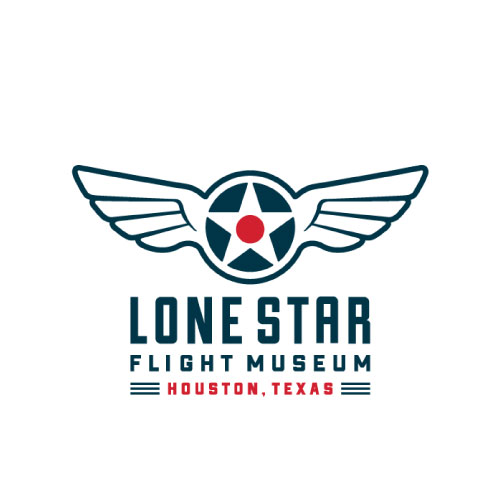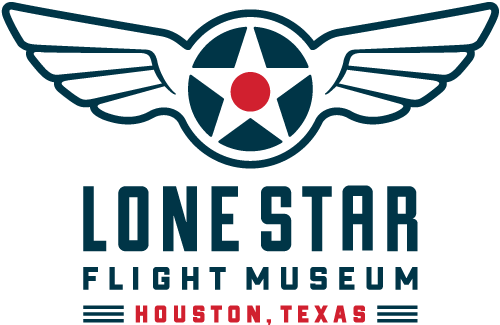America’s first jet trainer, the T-33 Shooting Star was born from a need to transition pilots from propeller driven aircraft to the new world of jets.
Early jet engines were slow to build up power and without a propeller, jet aircraft lacked the drag needed to slow down quickly. This took a lot of getting used to for pilots trained on propeller aircraft and there were a number of accidents involving early jet fighters.
Lockheed recognized the need for a trainer while creating the XP-80 jet fighter in 1943, but the Army Air Force showed little interest. However, the Air Force changed its mind in 1947 with the realization that jets would dominate the post-war world. Lockheed offered a “stretched” version of the P-80, the U.S.’s first operational jet fighter as a trainer. The new aircraft was three feet longer and included a second seat and set of controls under its longer canopy.
The T-33 quickly entered service and between 1953 and 1968 every Air Force pilot received advanced training in the aircraft. Nicknamed “T-Bird,” it was also used by many combat squadrons as a utility transport and to simulate enemy aircraft for dissimilar combat training. T-33s also served with the U.S. Navy under the designation TV-1, as well as with 30 foreign air forces around the globe. T-33s were built under license in Canada and Japan, with the last T-33 being retired from military service by Bolivia in 2017.
This T-33A Shooting Star was built in 1951 for the U.S. Air Force and was transferred to the Royal Netherlands Air Force in 1964. Retired from military service in 1971, it was sold on the civilian market. It is on loan to the museum from the Collings Foundation.









